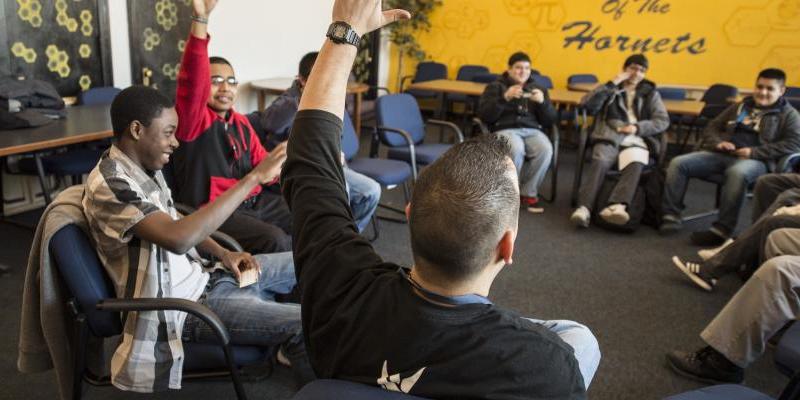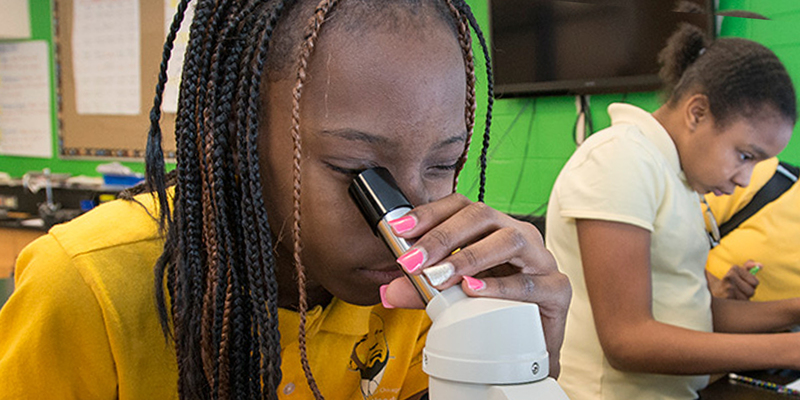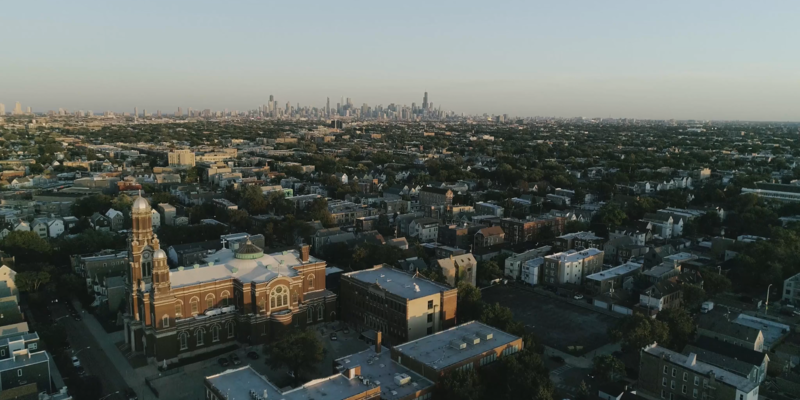Health Lab Road Map Initiative
Following the effort to merge and analyze data across different sectors to learn more about people who cycle at high rates between homeless services, Cook County Jail, and hospitals in Chicago, an original paper was submitted to and published on the Journal of Health Care for the Poor and Underserved.
Methodology:
- Definitions of "high users" in each system were based on number of stays and days spent in each sector
- Data was linked across all three systems securely using hashing
- Kmeans cluster analysis was performed on the subset of individuals who interacted with all three systems and were high users of at least one system.
The largest cluster consisted of older single individuals exhibiting high rates of disabling conditions and health issues. A second cluster distinguished a particularly vulnerable subgroup with the highest rates of medical and mental health needs. The final, smallest cluster consisted of predominantly younger Black women with children who exhibited the lowest rates of behavioral health issues, but high hospital use.
Merging data across sectors can aid the understanding of service use patterns, general characteristics, and common profiles, and factors that help identify those at highest risk to target them for additional services and help end the cycling of high users across the various social services sectors in Chicago.
The data was provided to us with the support of the Cook County Sheriff’s Office, All Chicago, and the Illinois Department of Public Health.
Manuscript: Characterizing Multisystem High Users Supplemental Material: Characterizing Multisystem High Users




